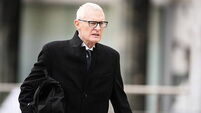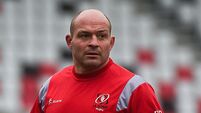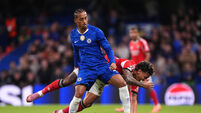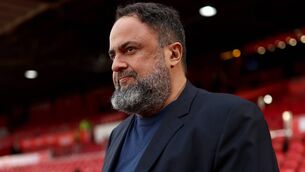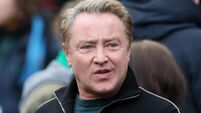The Big Interview: Andy Lee, boxer

This isn’t Detroit. This sure isn’t the Kronk gym where he used to operate out of with Manny with its metal-grilled windows that used to block out the burned-out cars and dilapidated buildings which it itself resembled from its rundown red-brick exterior.






